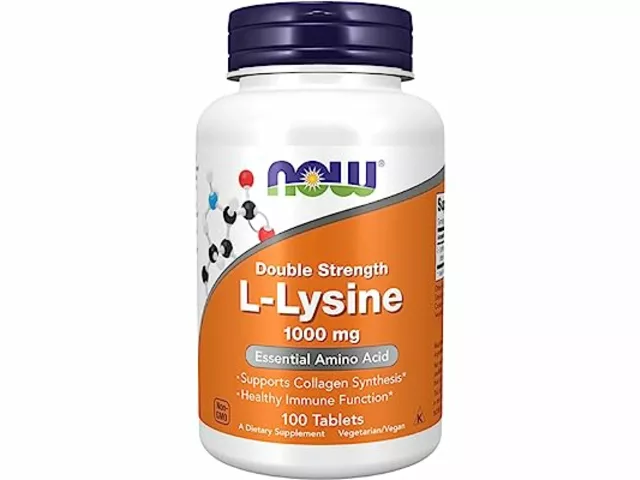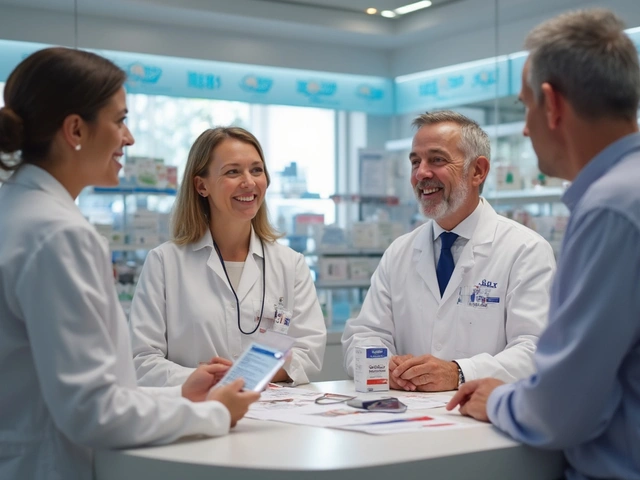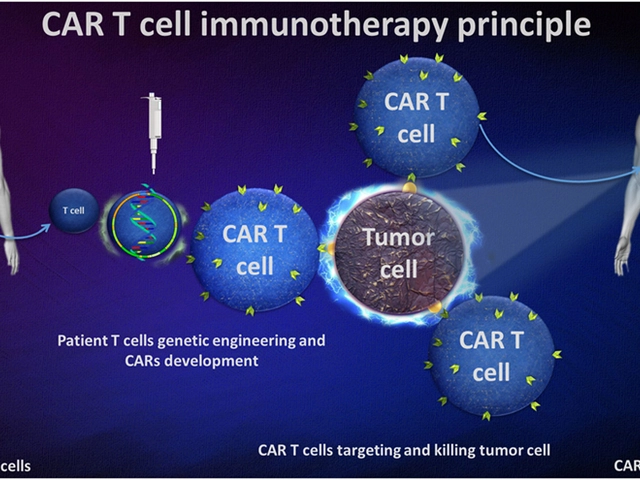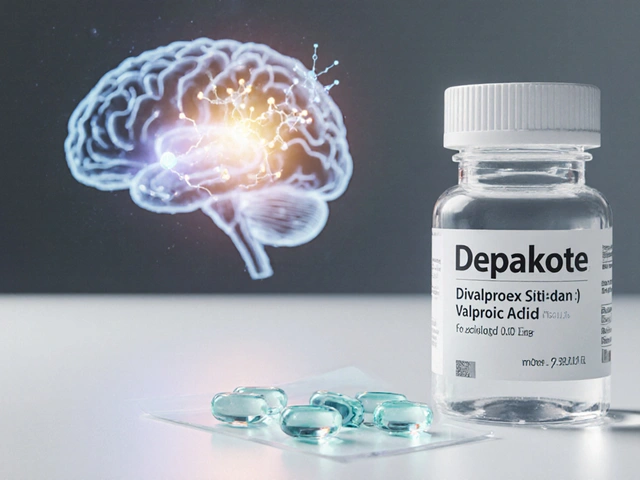Rosacea sufferers: how to calm flare‑ups, day-to-day care, and what to ask your doctor
Do flare-ups make you avoid mirrors or social plans? Rosacea can feel unpredictable, but small changes often cut redness and bumps. Below I give clear, useful steps you can use right away: identify triggers, set a gentle skin routine, and know which treatments to discuss with your clinician.
Spot common triggers and test them
Start a simple diary for two weeks. Note foods, weather, exercise, alcohol, hot drinks, new products, and stress. Many people see flares after spicy food, hot showers, sun, and alcohol—especially red wine. Heat and intense workouts also show up a lot. If a single action repeats before flares, try avoiding it for a week to see if your skin calms.
Be careful with topical steroids. Short-term use can help inflammation, but on the face they often cause "steroid rosacea" or rebound redness. If you’ve been prescribed a steroid, ask your doctor how long and whether a milder option like desonide is safer; we cover desonide in a separate article on this site.
A no-nonsense daily routine for sensitive, red skin
Keep products few and gentle. Cleanse with a fragrance-free, non-foaming cleanser once or twice daily. Pat dry—don’t rub. Use a lightweight, non-comedogenic moisturizer to protect the skin barrier. Choose a physical (mineral) sunscreen with zinc oxide or titanium dioxide every morning; sun is a top trigger for many.
Skip abrasive scrubs, alcohol toners, and astringents. If you wear makeup, try green-tinted primers or color-correcting products to neutralize redness. Test any new product on a small patch behind your ear for 48 hours before applying to your face.
If your skin gets itchy or flaky, add a gentle emollient and avoid active ingredients like strong acids until it calms.
Diet changes can help. Try cutting back on obvious culprits—spicy food, hot beverages, and alcohol—for a week to see if redness drops. Some people respond to reducing histamine-rich foods; others see no change. The diary helps you know for sure.
Medications and medical options to ask about
Topical options dermatologists often recommend include metronidazole, azelaic acid, and topical ivermectin (a targeted cream for papules and bumps). We have a clear piece about ivermectin and what to expect. For persistent bumps, low‑dose oral doxycycline can reduce inflammation without acting like a full antibiotic. Severe or treatment-resistant cases may need isotretinoin or other prescriptions—our article on Isotroin alternatives explains options if isotretinoin isn’t suitable.
When to see a dermatologist? If redness or bumps affect your daily life, or over-the-counter steps don’t help after 6–8 weeks, book a consult. Ask about rosacea subtypes (erythematotelangiectatic, papulopustular, phymatous, ocular) because treatment varies by subtype.
Small steps add up: track triggers, simplify your routine, protect from sun, and talk openly with your clinician about topical ivermectin, low-dose doxycycline, or safe steroid use. If you want direct reads, check our posts on desonide, ivermectin facts, and acne/Isotroin options for more details.
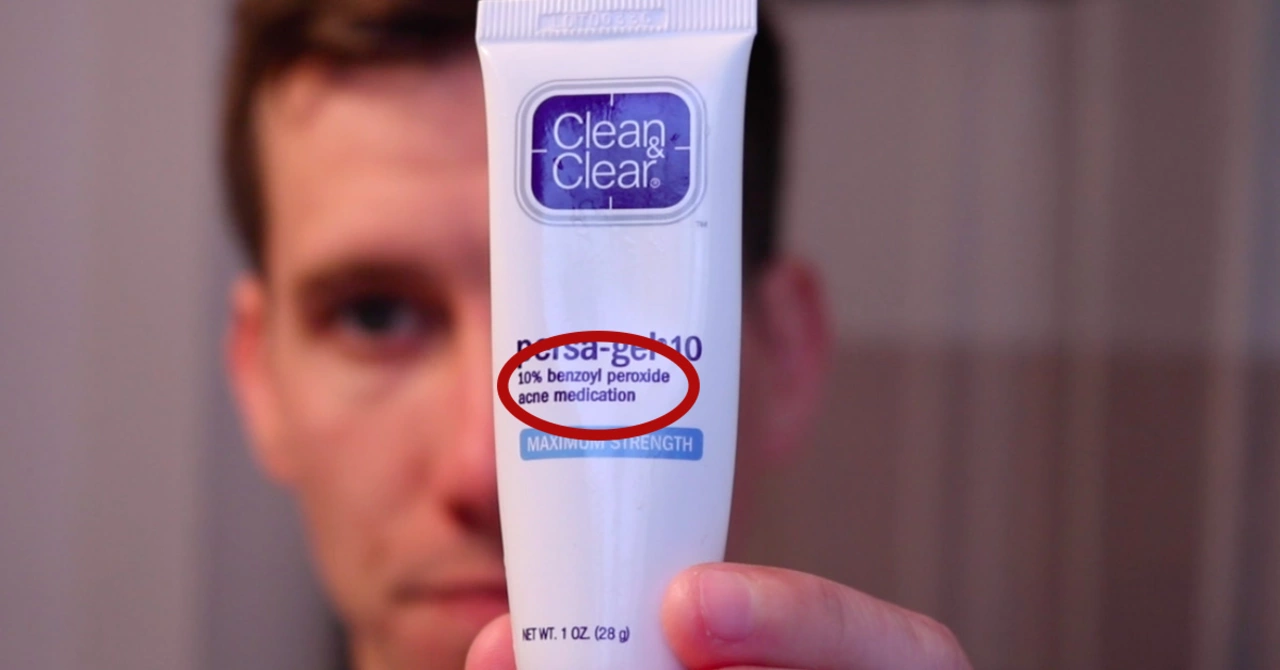
Benzoyl Peroxide: An Ingredient to Avoid for Rosacea Sufferers?
I recently came across some information about benzoyl peroxide and its effects on rosacea sufferers. It turns out that this popular acne-fighting ingredient might not be the best choice for those with rosacea. Benzoyl peroxide can cause skin irritation and dryness, which may lead to an increase in rosacea flare-ups. Instead, experts recommend using gentle, non-irritating ingredients that help soothe and calm the skin. So, if you have rosacea, it might be a good idea to avoid benzoyl peroxide and opt for more gentle skincare products.
Read More
